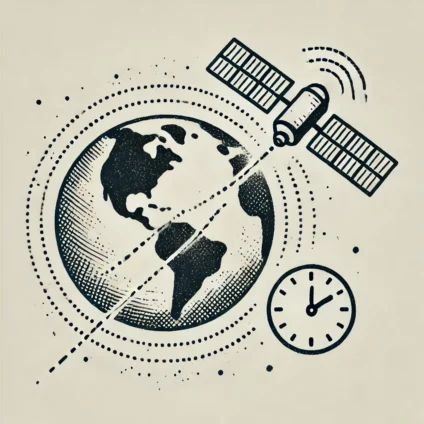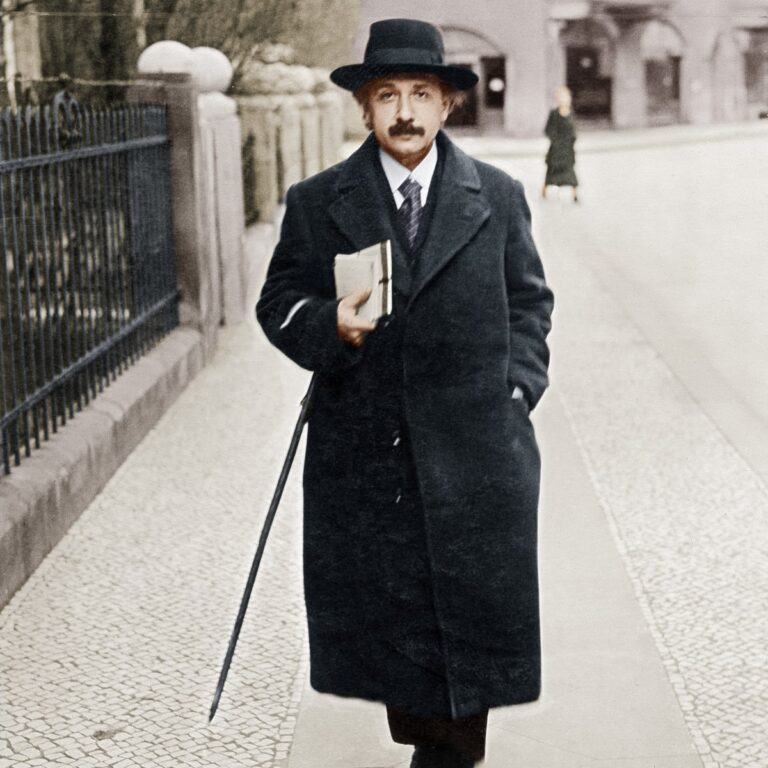Extended Lifespan: The Micius satellite, launched in 2016, likely remains operational in 2025, far exceeding its two-year design life.
Quantum Achievements: It has enabled quantum key distribution and entanglement experiments over vast distances, including a 2021 teleportation milestone.
Future Transition: New quantum satellites planned for 2025 may reduce Micius’s role, but it continues to shape secure communication.
Launched for a Quantum Leap
In August 2016, China launched the Micius satellite as part of the Quantum Experiments at Space Scale (QUESS) project, marking a bold step toward unhackable global communication. Named after an ancient Chinese philosopher, Micius orbits at approximately 500 kilometers in a sun-synchronous orbit, carrying advanced instruments like a quantum key communicator and entanglement emitter. Designed for a two-year mission, it aimed to test quantum key distribution (QKD) and entanglement over vast distances, setting the stage for a secure quantum internet.
As of August 3, 2025, the Micius satellite’s operational status remains a topic of intrigue, with evidence suggesting it continues to contribute to quantum communication breakthroughs despite its age. This article explores whether Micius is still active, its achievements, and what lies ahead for China’s quantum ambitions.
Surpassing Expectations
The Micius satellite was built to operate for two years, yet it has defied expectations by supporting experiments well beyond 2018. For example, in 2020, it facilitated entanglement-based quantum cryptography over 1,120 kilometers, connecting ground stations in Delingha and Nanshan, China, as reported in Nature.
Additionally, in 2021, Micius achieved full quantum state teleportation over 1,200 kilometers, a feat that demonstrated its robust functionality years after its planned lifespan. These milestones highlight Micius’s critical role in advancing quantum communication, particularly in secure key distribution, which ensures messages remain unreadable to eavesdroppers.
The absence of any decommissioning announcements from the China National Space Administration (CNSA) further supports the likelihood of its continued operation.
As of August 3, 2025, the Micius satellite’s operational status remains a topic of intrigue, with evidence suggesting it continues to contribute to quantum communication breakthroughs despite its age.
— Robert Clifford, The Qubit Report
Global Impact and Collaboration
Micius has not only been a national triumph for China but also a platform for international collaboration. In 2017, it enabled a quantum-secured video call between Beijing and Vienna, covering 7,600 kilometers, in partnership with the Austrian Academy of Sciences. This experiment showcased Micius’s ability to distribute encryption keys across continents, a cornerstone for global quantum networks.
Moreover, its role in experiments involving ground stations in China, Austria, and South Africa as recently as 2025 underscores its ongoing relevance. For instance, a March 2025 report noted Micius’s involvement in a quantum-secured link between Beijing and South Africa, marking the first such experiment in the southern hemisphere.
These achievements demonstrate that Micius remains a vital tool for pushing the boundaries of secure communication.
Challenges of Age and Future Plans
At over nine years old, Micius faces challenges due to aging hardware, such as potential reductions in photon transmission efficiency or system reliability. Despite these limitations, its continued use in high-profile experiments suggests it remains functional, albeit possibly at reduced capacity.
Meanwhile, China is shifting focus to newer quantum satellites, with plans to launch low and medium Earth orbit satellites in 2025 to expand coverage and efficiency. For example, the Jinan-1 satellite, launched in 2022, is lighter and faster at generating quantum keys than Micius, indicating a transition to more advanced systems.
However, Micius’s pioneering role in proving the feasibility of space-based quantum communication ensures its legacy, even as newer satellites take the spotlight.
As new satellites join the constellation, Micius’s role may diminish, but its impact endures.
— Robert Clifford, The Qubit Report
A Foundation for the Future
The Micius satellite’s operational status in 2025 likely remains active, supported by its role in experiments up to 2021 and the lack of decommissioning reports.
Its contributions to quantum key distribution, entanglement, and global secure communication have laid a foundation for China’s ambition to build a quantum internet by 2030. As new satellites join the constellation, Micius’s role may diminish, but its impact endures.
For those eager to track its status, monitoring CNSA announcements or peer-reviewed journals for 2025 updates is the next step. The quantum era is here, and Micius has been a trailblazer. Stay tuned for what China’s quantum network achieves next.


